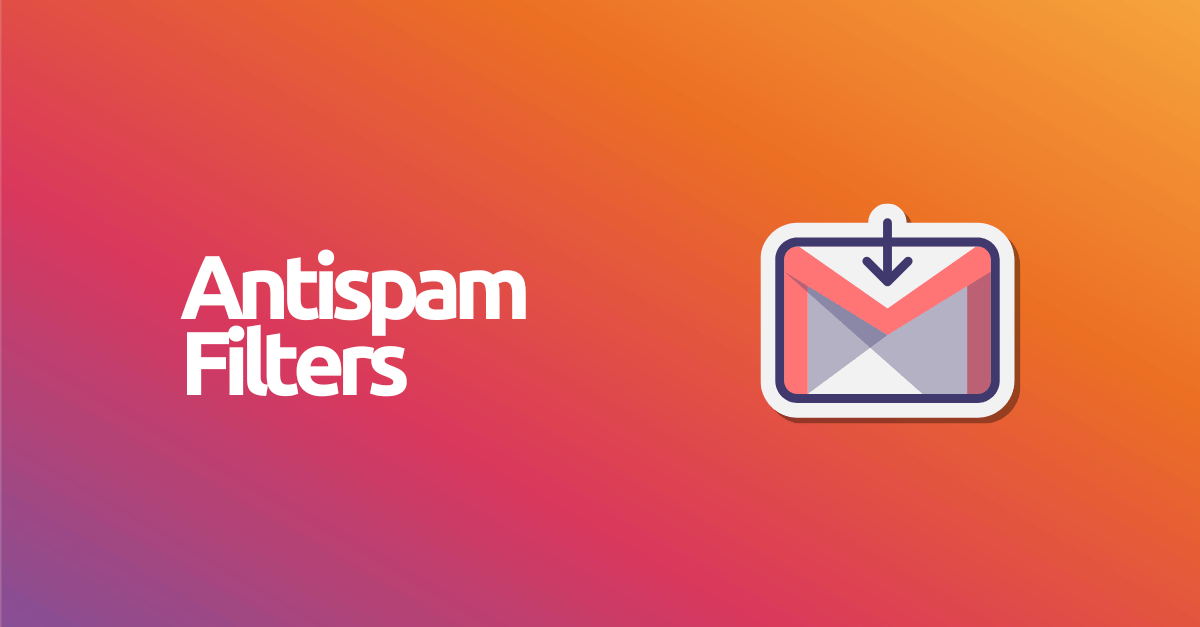Google's new Shielded Email feature is set to transform how users interact with online services by offering enhanced privacy protections. This tool, which allows Gmail users to create temporary email aliases, aims to safeguard users' primary email addresses from spam and unwanted communication. By masking a user's real email with a unique alias, Shielded Email reduces the risk of exposure to data breaches and unwanted marketing efforts.
However, this privacy-focused feature poses significant challenges for businesses that rely on email marketing to engage their audiences. As more users adopt tools like Shielded Email, marketers must adapt their strategies to address the potential impacts on email list quality, bounce rates, and data analysis.
What is Shielded Email?
Shielded Email is a new antispam feature from Google that allows Gmail users to automatically create alias email addresses when registering on websites or online services. These aliases serve as a protective layer, redirecting messages to the user’s primary inbox while keeping their actual email address hidden from spammers and unwanted senders. If users start receiving spam or junk emails through an alias, they can easily pinpoint which website leaked their information, enhancing their ability to filter out spam and maintain a cleaner, more secure inbox.
This privacy-focused tool works similarly to Apple's Hide My Email feature, allowing users to maintain a layer of anonymity while interacting with online services. However, Google has yet to confirm whether Shielded Email will be a free service or require a premium subscription.
For businesses utilizing email marketing tools, this new feature could impact how they engage with customers and manage email lists. As more users opt for privacy solutions like Shielded Email, marketers will need to adapt their strategies to maintain effective communication and email marketing performance.
Impact on Email Marketing Strategies
While Shielded Email aims to improve privacy and security for users, its introduction poses several challenges for companies developing email marketing strategies to connect with their audiences. Here are some of the key implications for digital marketers to consider:
Reduced Database Quality and Accuracy
One of the most significant effects of Shielded Email is the potential decline in the accuracy of email lists. Marketers traditionally use reliable email databases to personalize campaigns and segment their audiences effectively. However, with users generating unique alias emails for each subscription, it becomes difficult to track individual user behavior across different campaigns. This lack of consistent identifiers can hinder the personalization efforts that many email marketing techniques depend on, making it harder to deliver tailored content and reducing overall engagement rates.
Increase in Bounce Rates
Another issue that could arise is a spike in bounce rates. When users create temporary alias addresses for specific sign-ups, they may deactivate or delete these aliases after receiving the desired content or completing a transaction. As a result, any follow-up emails sent to these now inactive addresses will bounce back, negatively impacting the sender's reputation. High bounce rates can signal to email service providers (ESPs) that the sender is not maintaining a clean list, leading to a decrease in email deliverability and potentially pushing future emails to spam folders.
These changes highlight the need for marketers to adopt new email marketing techniques that prioritize high-quality content and engage users in a way that makes them want to stay subscribed. By focusing on providing value and maintaining clear, consent-based communication, businesses can mitigate the risks associated with Shielded Email and continue to drive successful email marketing campaigns.
Challenges in Performance Measurement
The introduction of Shielded Email poses significant challenges for businesses when it comes to tracking and analyzing campaign performance. Traditional email analytics tools rely heavily on the user's email address as a unique identifier to monitor interactions, measure engagement, and attribute conversions accurately. However, with users employing disposable or alias email addresses, this standard tracking method becomes far less effective.
Limitations in Conversion Tracking
The primary issue is the difficulty in linking alias emails with user actions on websites or apps. Since each alias is unique and temporary, it doesn't provide a consistent identifier across multiple touchpoints. This lack of continuity complicates the attribution of conversions, making it harder to determine which specific campaigns or emails are driving desired actions, such as sign-ups, purchases, or downloads. Without clear attribution, businesses struggle to gauge the effectiveness of their email marketing efforts, reducing their ability to optimize future campaigns based on performance data.
Impact on Data-Driven Decision Making
These limitations in tracking also affect data-driven marketing strategies. The inability to gather accurate user insights from email campaigns can hinder decision-making processes, as marketers are left with incomplete data. As a result, optimizing campaigns for better engagement and ROI becomes challenging, pushing businesses to seek alternative methods for performance measurement, such as enhanced web analytics, customer surveys, or integrated CRM systems.
Adapting to these changes may require a shift toward more holistic approaches in tracking user behavior across multiple channels, moving beyond reliance on email addresses as the primary metric for engagement.
Opportunities Amidst Adversity
Despite the hurdles posed by Shielded Email, this new privacy-focused feature could also present unique opportunities for businesses that successfully adapt their strategies. By embracing the evolving landscape, companies can refine their approaches to better align with customer preferences and build stronger, more trusted relationships.
Building User Trust
One of the most significant advantages of Shielded Email is its potential to enhance user trust. By giving individuals greater control over their personal data, this tool empowers users to decide who has access to their real email address. For companies, aligning with this shift toward privacy can be a powerful differentiator. By openly respecting user privacy and implementing transparent data practices, businesses can demonstrate their commitment to protecting customer information. This approach can foster increased loyalty, leading to a more engaged audience and a deeper connection throughout the entire customer journey.
Enhancing Content Quality
As privacy concerns grow, brands will need to prioritize the creation of high-quality, relevant content that genuinely resonates with users. With fewer opportunities for direct contact, companies must rely on compelling content that provides real value to encourage voluntary engagement. This shift pushes marketers to rethink their email marketing campaign strategies, focusing on delivering messages that meet user needs and preferences. By investing in content excellence and maintaining transparency, businesses can attract and retain subscribers who are genuinely interested in their offerings, improving long-term engagement.
Boost your email engagement with video content!
Incorporate video directly into your email marketing campaigns to capture attention, deliver dynamic messages, and enhance user experience.
Adapting to New Privacy Tools
To navigate the impact of Shielded Email, companies can explore and integrate new approaches that complement their existing strategies. Utilizing advanced analytics and privacy-friendly tools, such as contextual marketing and integrated CRM systems, can help maintain consistent customer relationships without solely depending on email addresses. Analyzing user behavior across various touchpoints, including social media, live chats, and on-site interactions, can provide valuable insights that help optimize customer experiences, reducing the potential drawbacks of email aliasing.
By proactively adjusting to these changes, businesses can not only mitigate the risks associated with Shielded Email but also leverage this evolution to build more meaningful and trustworthy connections with their audiences.
Conclusion
The launch of Shielded Email by Google marks a significant shift in the digital landscape, emphasizing user privacy and reshaping how companies approach email marketing. While this tool provides enhanced protection against spam and unwanted messages, it also introduces substantial challenges for businesses, such as reduced data accuracy, increased bounce rates, and difficulties in tracking campaign performance. These changes underscore the need for marketers to rethink traditional email marketing techniques and adapt their strategies to align with evolving consumer preferences.
However, the rise of Shielded Email is not solely a barrier but also an opportunity for businesses to refine their approach. By focusing on building user trust, enhancing content quality, and embracing new privacy-friendly tools, companies can navigate this transformation effectively. The key lies in adopting a customer-centric mindset, valuing user privacy, and finding innovative ways to engage with audiences throughout their customer journey.
In this new era of privacy, businesses that can balance the protection of personal data with delivering valuable and relevant content will be better positioned to maintain strong relationships with their customers and drive successful email marketing campaigns. The shift may be challenging, but it paves the way for more genuine, trusted interactions between brands and consumers.






